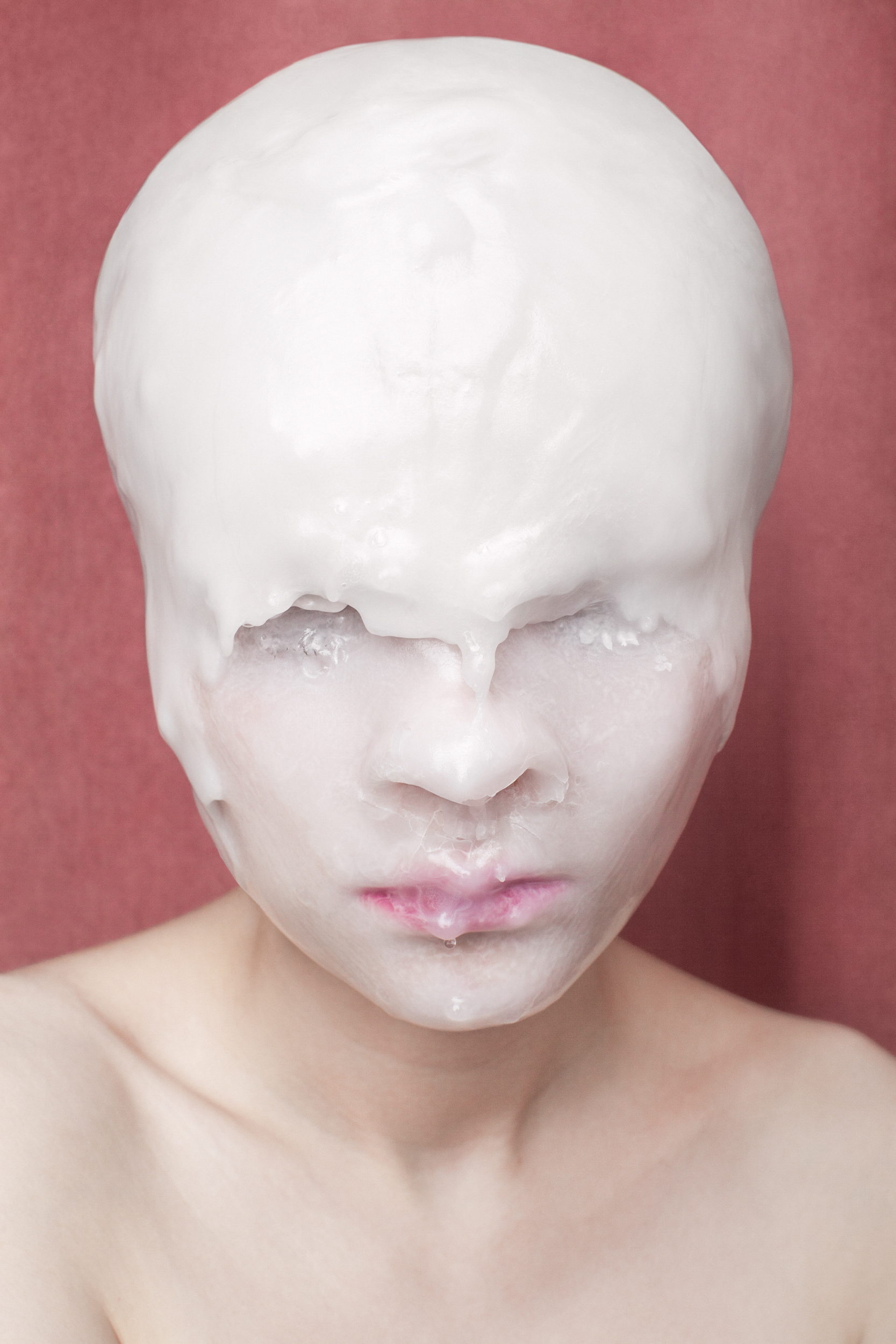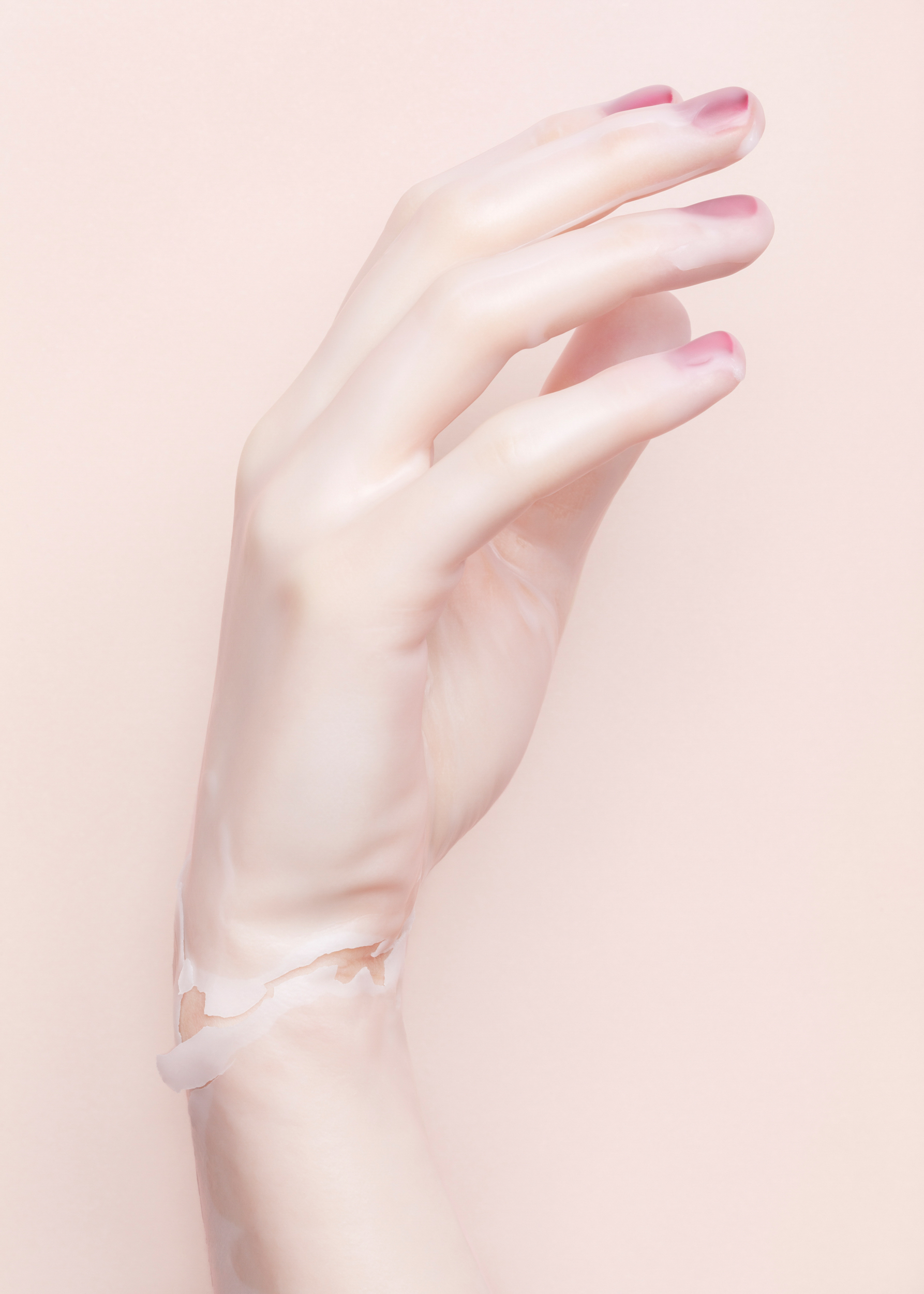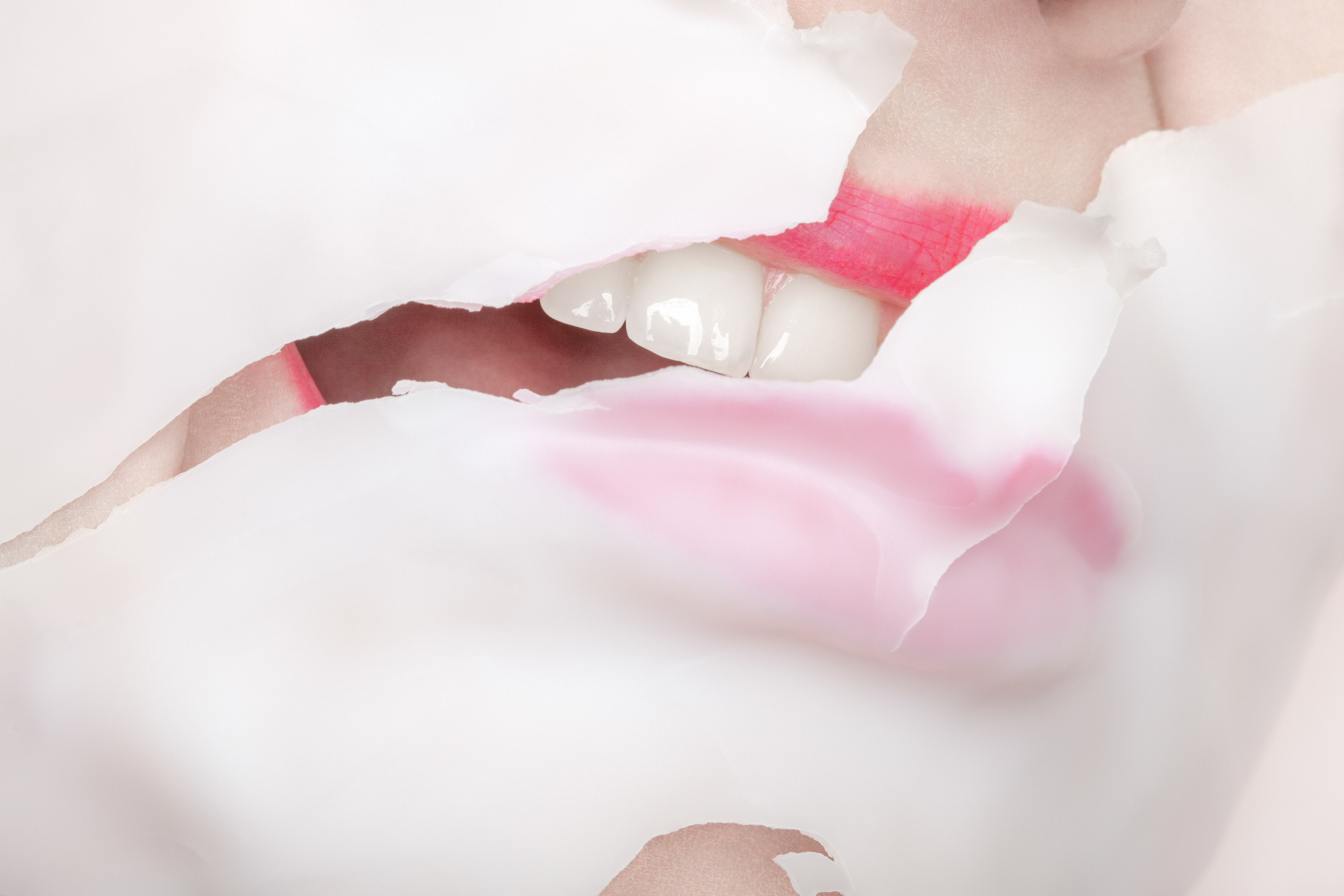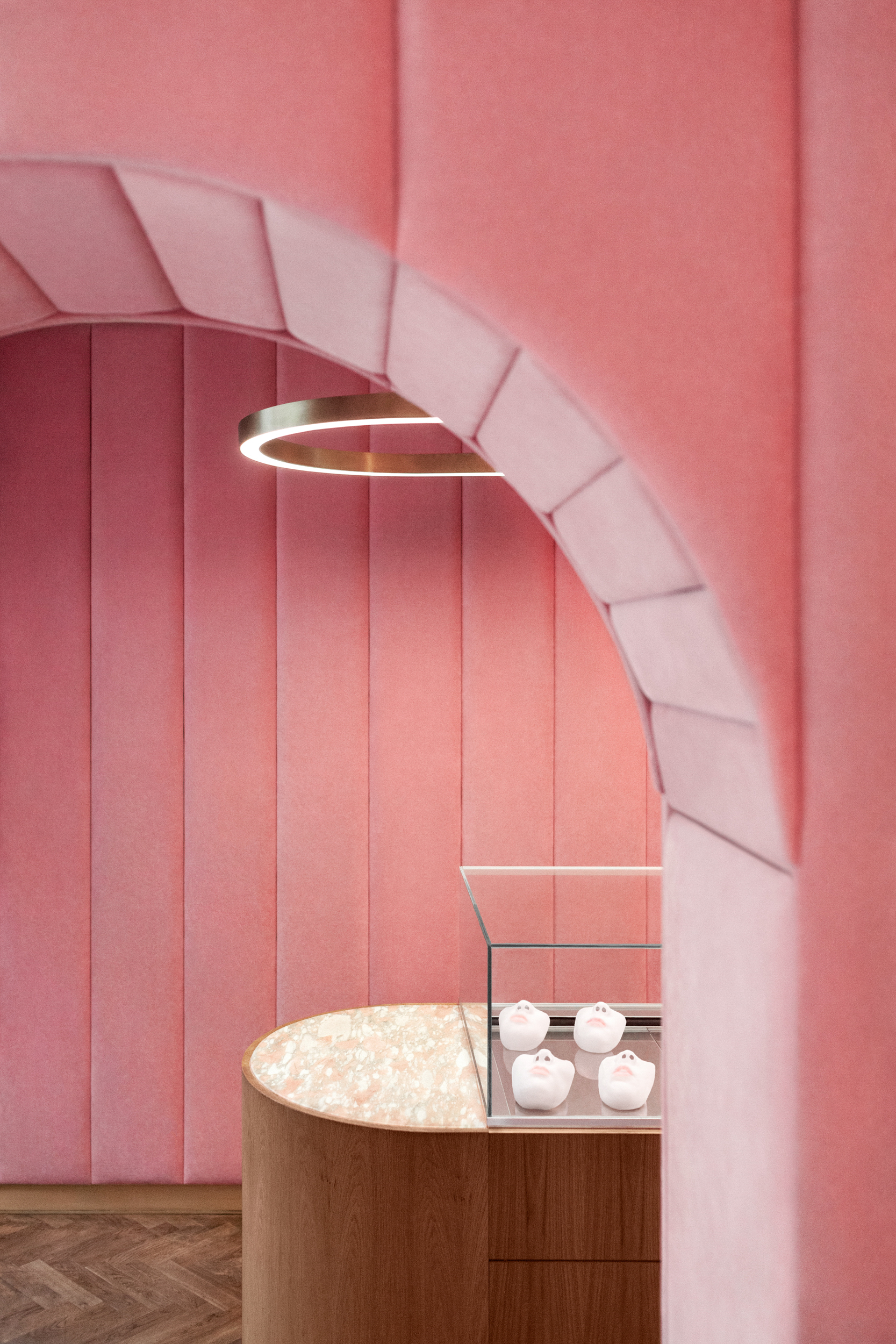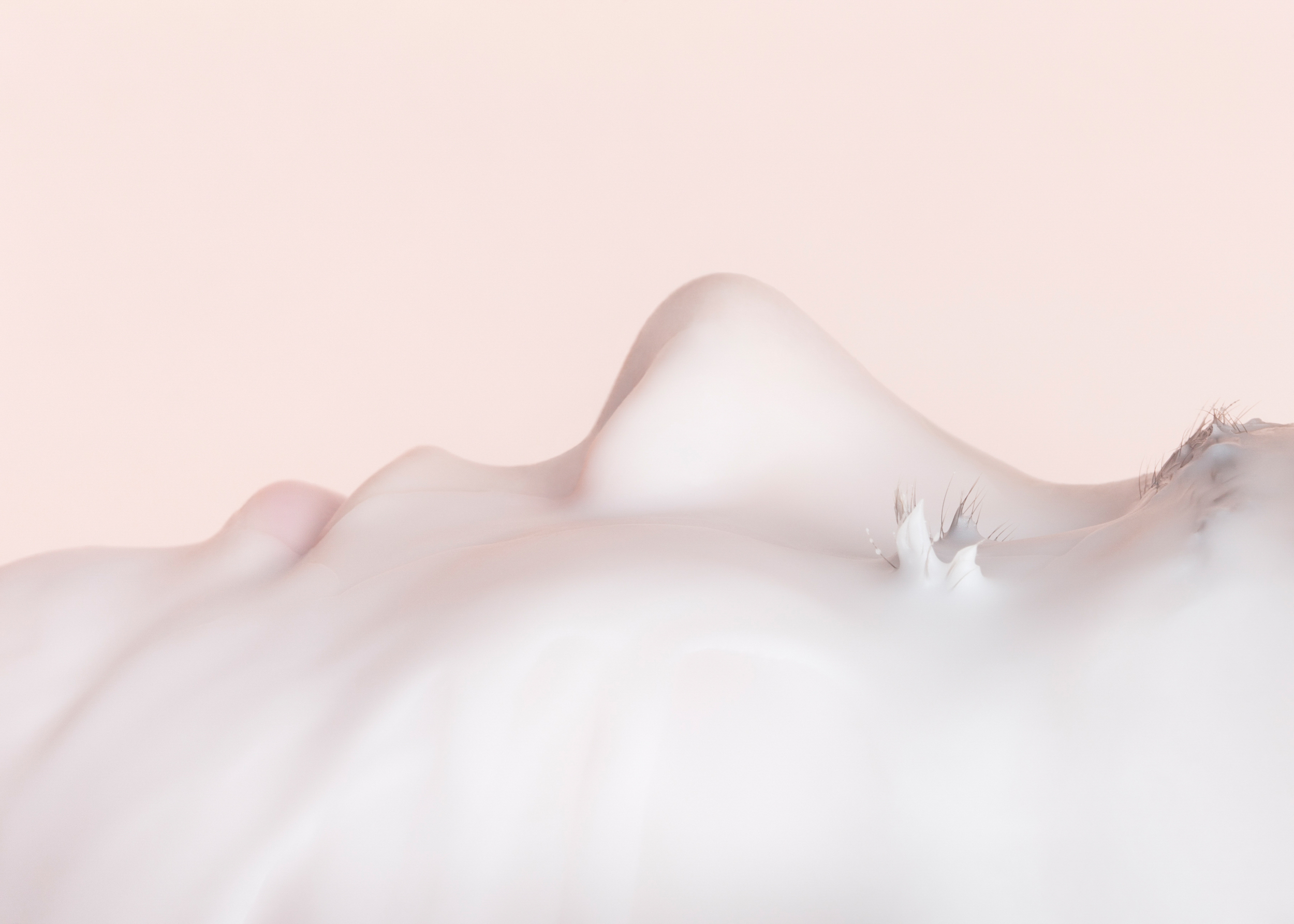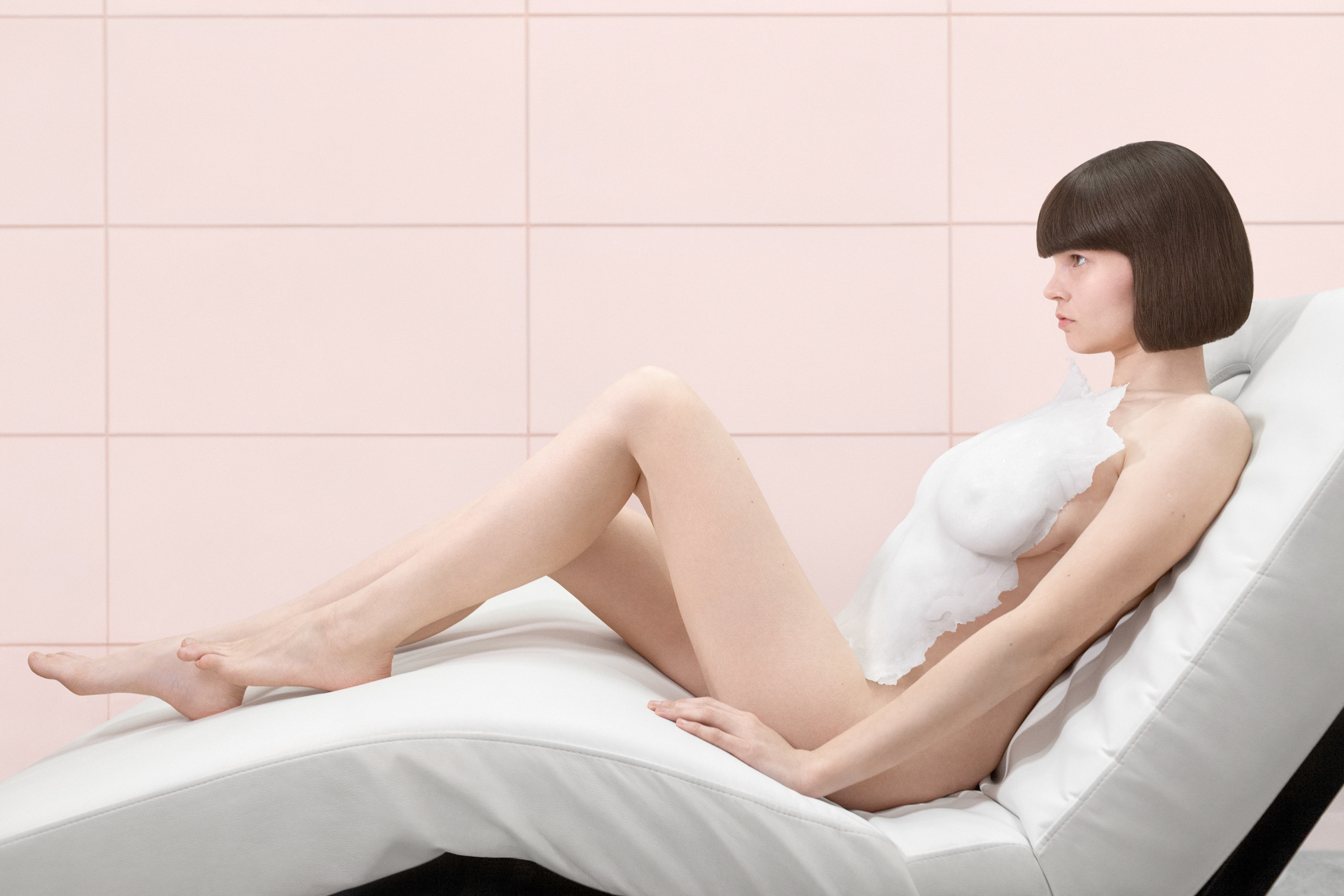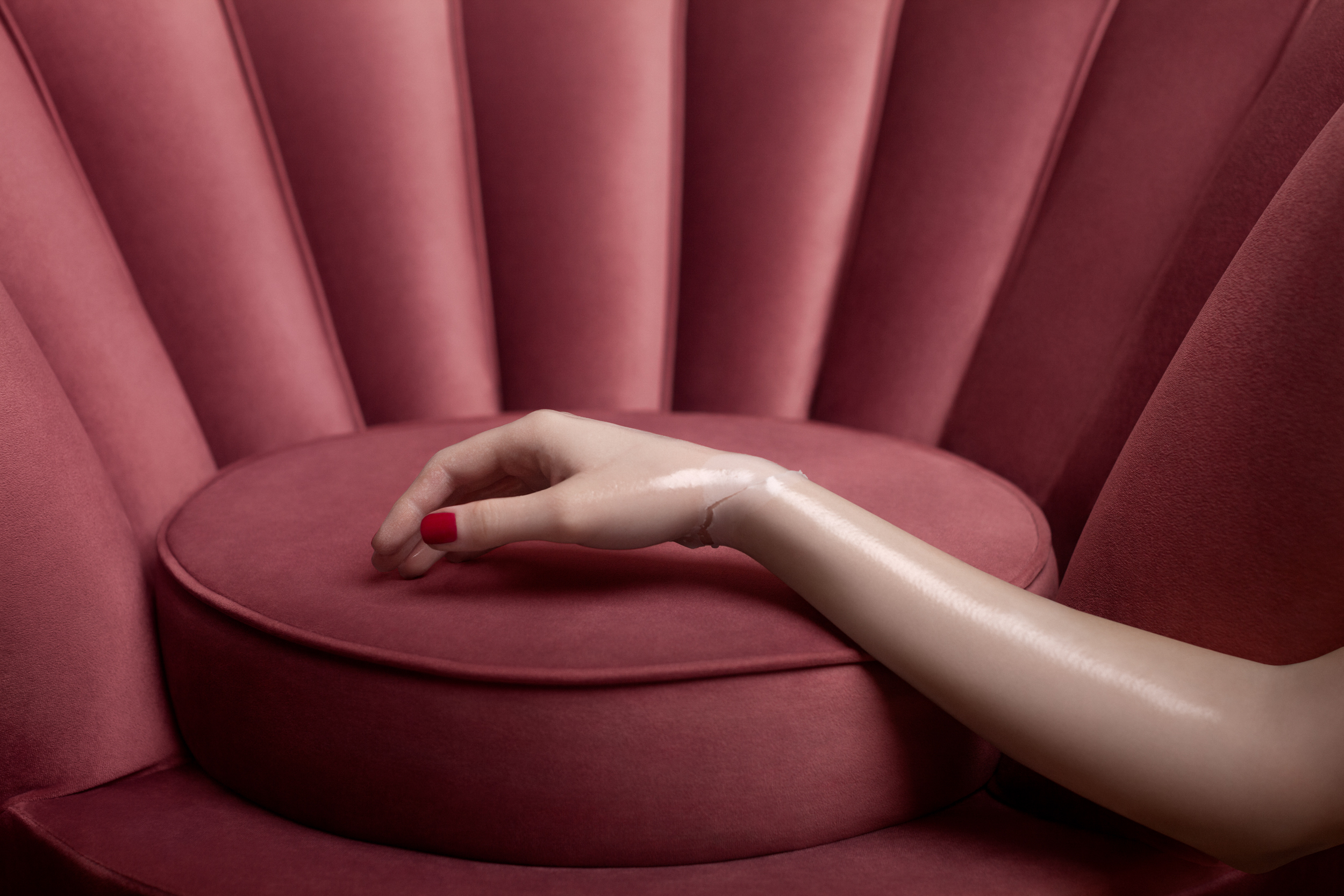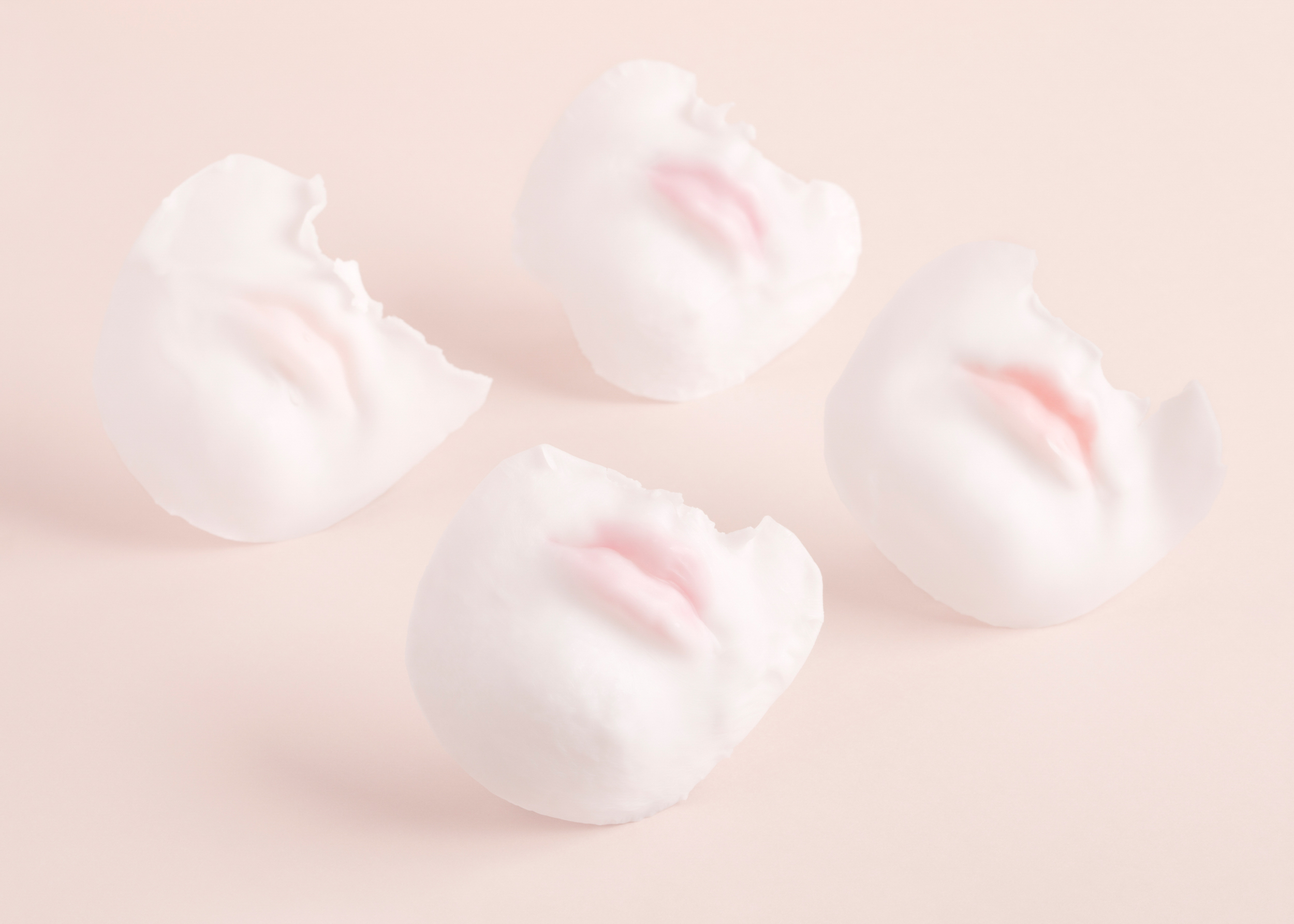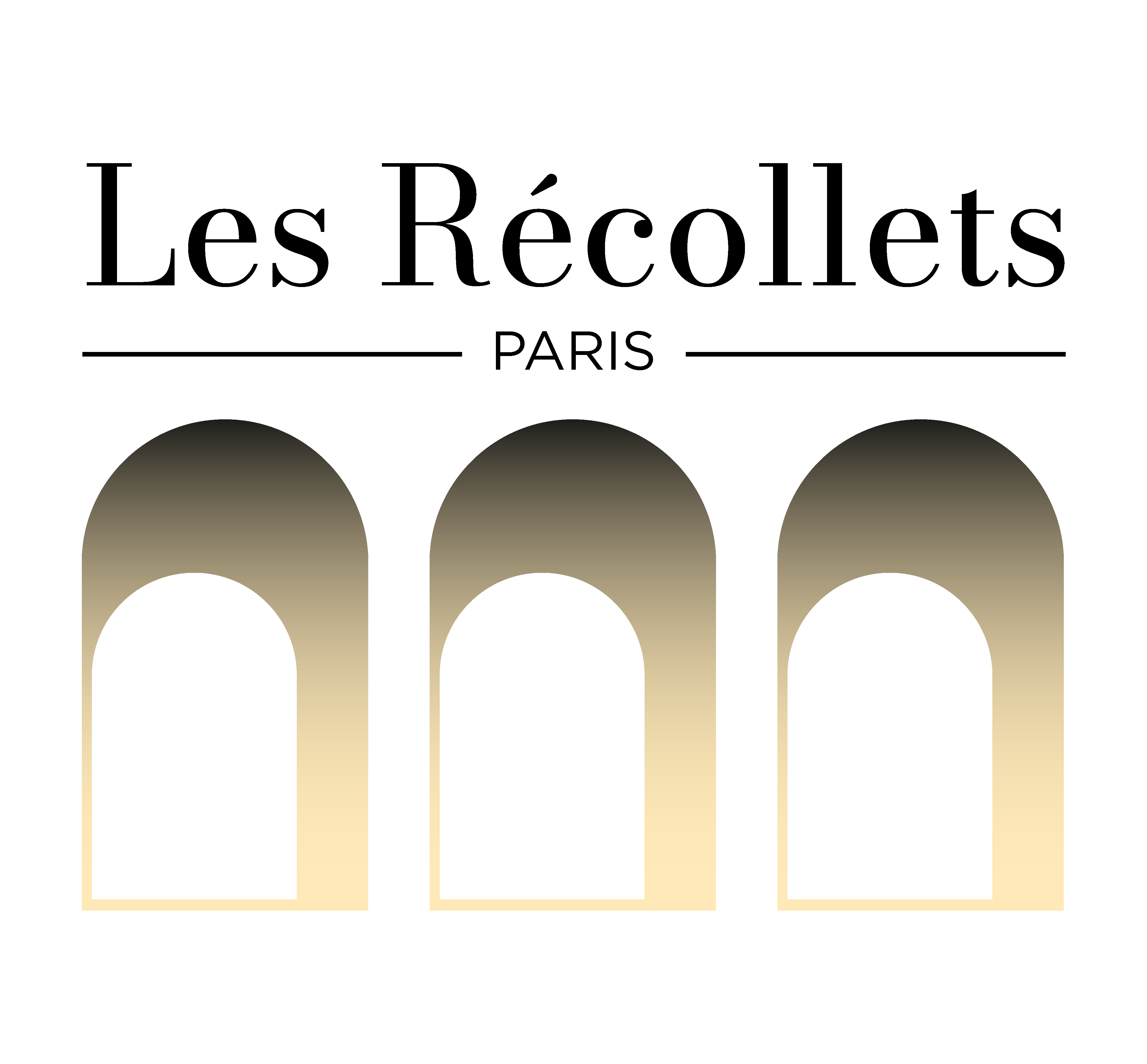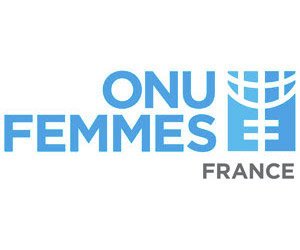Marta Zgierska
Polish
Edition 2020 - Finalist
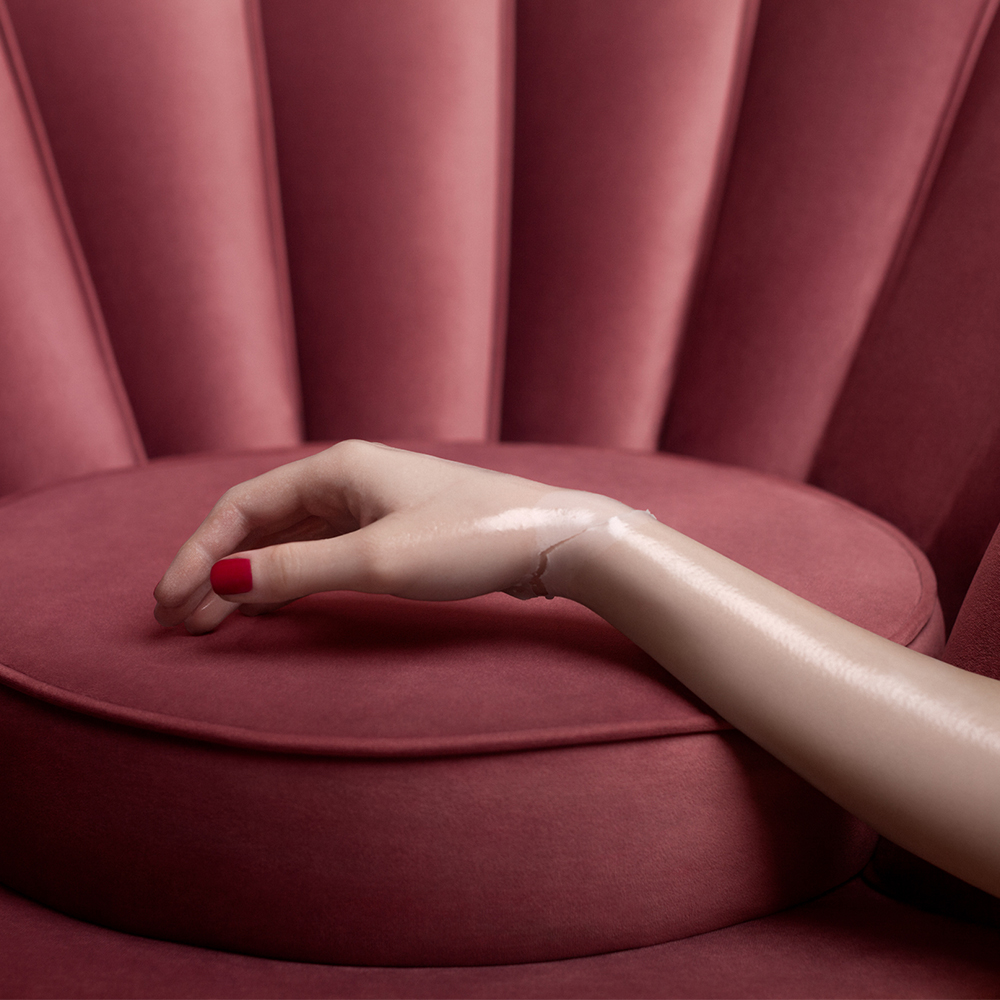
Votive Figure
After a serious car accident, my body, physically affected, naturally became a tool for studying the reality. I’m stitching painful performative process in colorful sweet aesthetics, taken from the visual code characteristic for the modern beauty industry, to tell about opression of feminine body. I explore the canons of feminine beauty and undermine the pressure that the contemporary society exerts on the woman’s image.
In the modern world, Beauty is god. A deity that requires frequent sacrifice. I make votive wax figures to beseech the deity to make me beautiful. By covering my own body in a wax shell, I myself become a votive figure. I make a sacrifice of my body to this new god.
The color on the wax is not decorative in itself, it is driven by the beauty products used to decorate the body, a representation of the cult of beauty. The trace of lipstick, shining through the waxen layer, marks the point of contact between the living body and the shell.
The beauty of the body has become religion, and its cult spreads best through virtual reality, gaining millions of followers in the process. For many, the depiction of appealing body becomes the only pursuit, a way of life, a stepping stone to a life of fame and fortune. The body and its beauty have become commodities that can be monetized to an unprecedented extent. We ourselves have become a part of that particular reality.
As an organic medium beeswax has the unique ability to simulate the look, touch, and feel of human flesh. From earliest times, artists and craftspeople took advantage of these qualities to create lifelike reproductions of the human body as objects for devotion, commemoration, scientific study, art. A votive or ex-voto was an offering given in fulfillment of a vow or to ask for healing or protection. Votive offerings were being placed within places of worship, at shrines or churches, to gain favour or give thanks.
